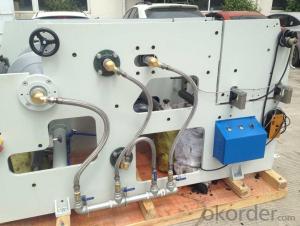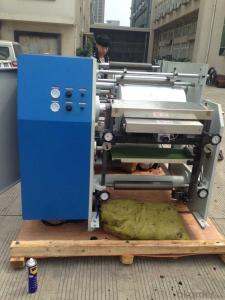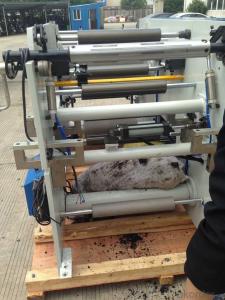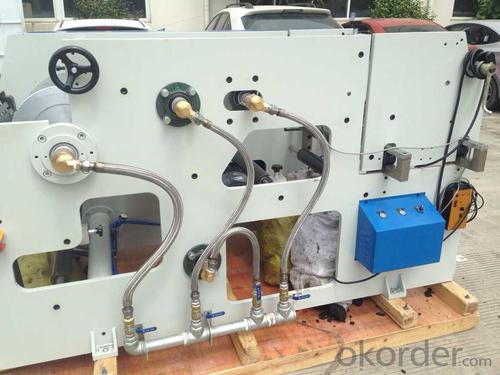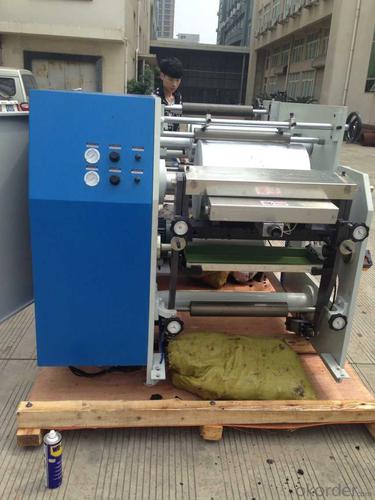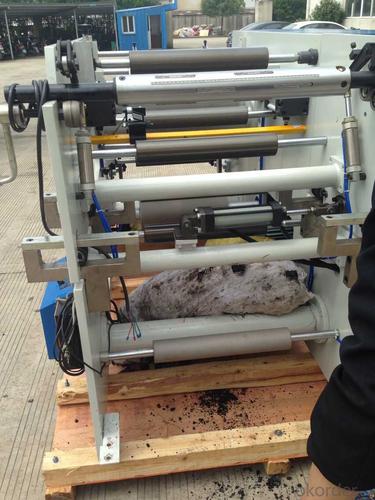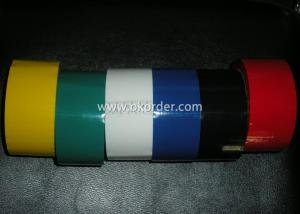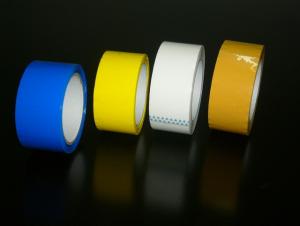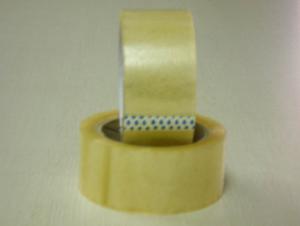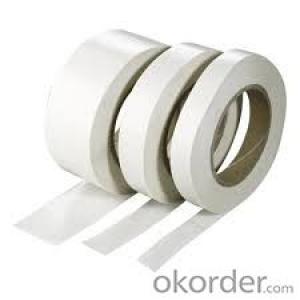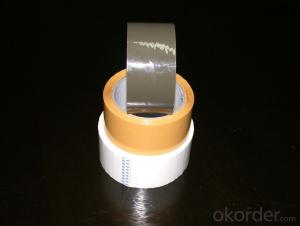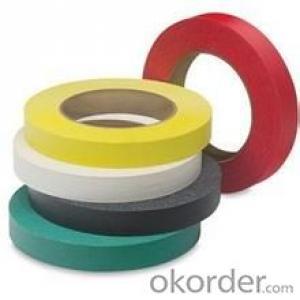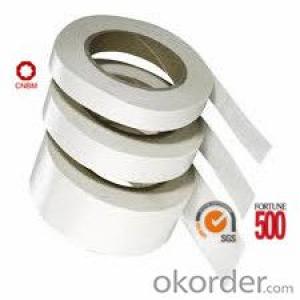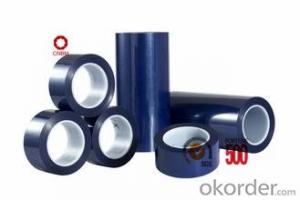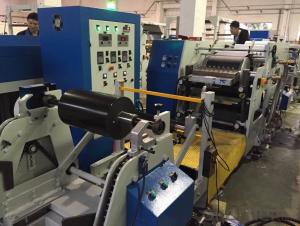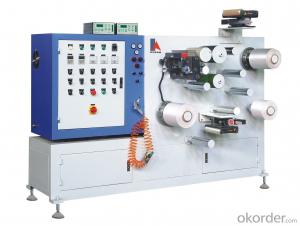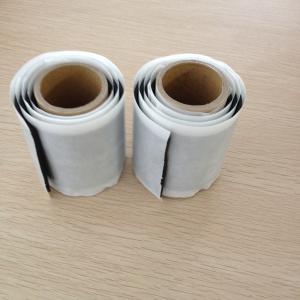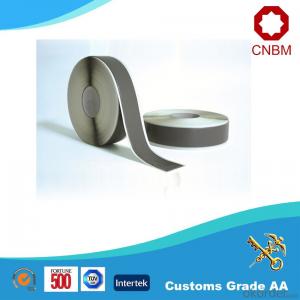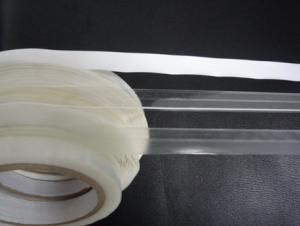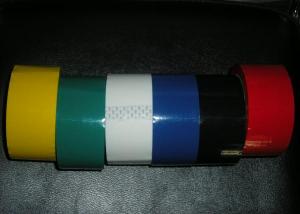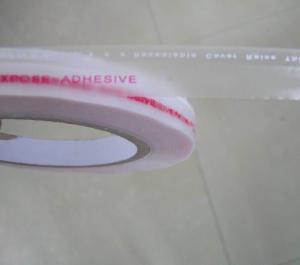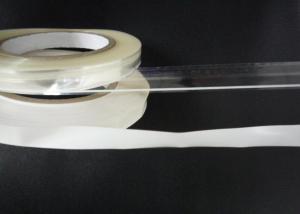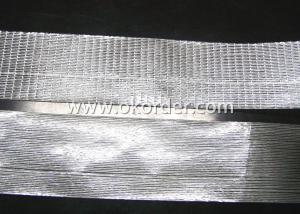Best Packaging Tape Canada Butyl Rubber Adhesive Coating Machine with Extruder
- Loading Port:
- China main port
- Payment Terms:
- TT OR LC
- Min Order Qty:
- 1 unit
- Supply Capability:
- 20 unit/month
OKorder Service Pledge
OKorder Financial Service
You Might Also Like
Application of Butyl Rubber Adhesive Coating Machine with Extruder
Coating material: BOPP, cloth, foam, kraft paper, masking paper, Aluminum foil, PE film, PVC film, etc.
Coating glue: hot melt butyl rubber, bitumen, synthetic rubber (not with PVC film)
Technical Parameters of Butyl Rubber Adhesive Coating Machine with Extruder
Coating Mode: Slot die
Coating Width: 400mm -2500mm
Coating Weight: 18-200g/m2
Uniformity: 20g-45g/sqm <+2g
Max. Machine Speed: 120 m/min
Roller Length: 1200mm
Max Rewinding Diameter: 800mm
Max Unwinding Diameter: 1200mm / 1000mm
Unwinding device: 2 sets
Rewinding device: 1 or 2 sets
Hole Pipe: 3m
Temperature: 210DC
Installed Power: 33kw
Power: ~ 380V + 15% 50HZ
Packaging of Butyl Rubber Adhesive Coating Machine with Extruder
Machine parts are packed in steamed solid cartons separately. Cartons are placed on containers flatwise and fixedly without any possible movement or shaking during sea shipping.
Picture of Butyl Rubber Adhesive Coating Machine with Extruder
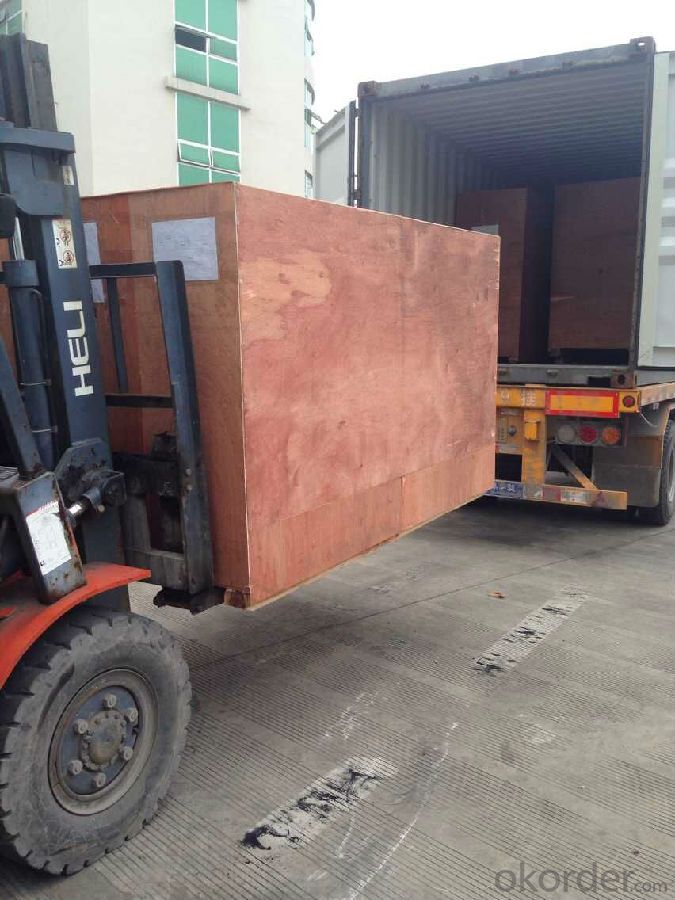
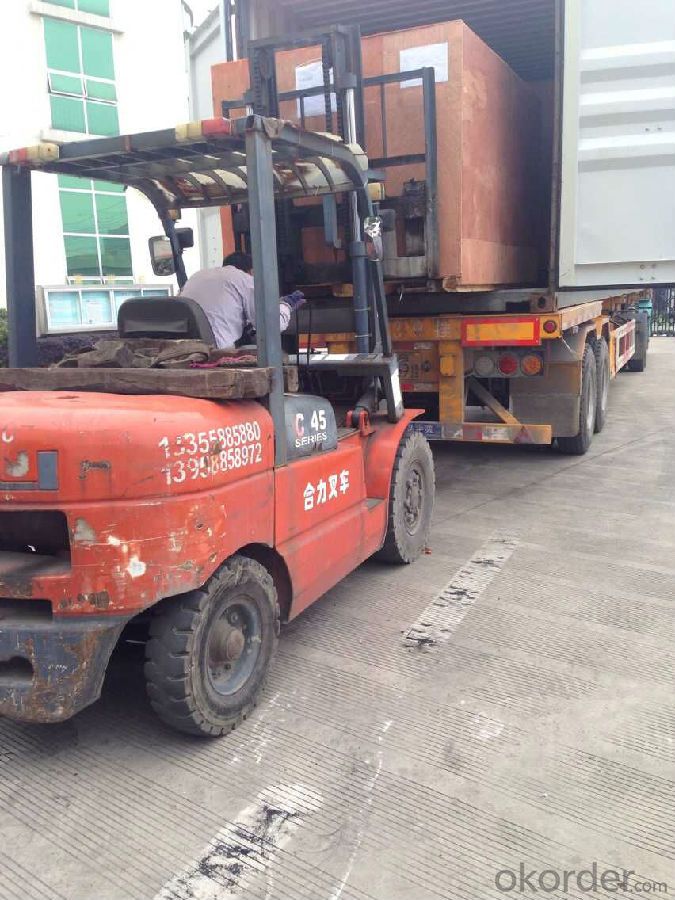
FAQ: What are your company advantages?
Company Advantages:
1. Stable financial status and sound reputation as a state invested corporation under the direct administration of the State Council of PRC;
2. CNBM’s worldwide influence as one of the 500 global fortunes specializing in building materials including adhesive tapes;
3. More than a decade’s exporting experience and technology in adhesive tape industry;
4. Preferential shipping channels, with a separate team dealing with shipping.
- Q: Can packaging tape be used for sealing foam?
- Sealing foam can be achieved by using packaging tape. While packaging tape is commonly used for sealing boxes and packages, it can also be effectively used to seal foam. To create a tight seal, it is important to make sure that the tape is securely adhered to the foam surface by applying pressure after it has been applied. It is advisable to use a tape specifically designed for sealing foam, as these tapes usually have stronger adhesive properties and are more resistant to temperature changes and moisture. In conclusion, packaging tape can be a convenient and effective choice for sealing foam.
- Q: Can packaging tape be used in extreme temperatures?
- Yes, packaging tape can generally be used in extreme temperatures. However, the specific temperature range and the type of tape should be considered. Some packaging tapes are designed to withstand both high and low temperatures, ensuring their adhesive properties remain intact. It is recommended to check the manufacturer's instructions or consult with a professional to ensure the tape is suitable for the specific extreme temperature conditions.
- Q: Can packaging tape be used for mailing packages?
- Absolutely, packaging tape is perfect for mailing packages. Its main purpose is to securely seal packages and guarantee their integrity while in transit. This type of tape is known for its strength and durability, which makes it the ideal choice for securing boxes, envelopes, or any other packaging material. It is widely utilized in shipping and mailing scenarios and comes in different sizes and strengths to adapt to various package dimensions and weights. Regardless of whether you are sending a tiny envelope or a substantial box, packaging tape is an indispensable tool to guarantee the proper sealing and protection of your package throughout the mailing process.
- Q: Can packaging tape be used for sealing packages with automotive parts or accessories?
- Yes, packaging tape can be used for sealing packages containing automotive parts or accessories. It provides a strong and secure seal to protect the contents during transportation. However, it is recommended to use packaging tape specifically designed for heavy-duty or industrial purposes to ensure optimal durability and adhesion for automotive packages.
- Q: Can packaging tape be used for sealing packages for international shipping?
- Yes, packaging tape can be used for sealing packages for international shipping. It provides a reliable and secure seal that can withstand the rigors of transportation, ensuring the contents of the package remain intact during their journey.
- Q: Can packaging tape be used for sealing containers with liquids?
- Yes, packaging tape can be used for sealing containers with liquids. However, it is important to note that not all packaging tapes are designed to withstand contact with liquids for extended periods of time. If you are sealing containers with liquids, it is recommended to use packaging tape that is specifically designed for this purpose, such as water-resistant or waterproof tape. These tapes are generally more durable and have enhanced adhesive properties to ensure a secure seal and prevent leakage. Additionally, it is advisable to properly clean and dry the surface of the container before applying the tape to ensure optimal adhesion.
- Q: Can packaging tape be used for sealing packages with jewelry or valuables?
- Yes, packaging tape can be used for sealing packages containing jewelry or valuables. It provides a secure and reliable seal, ensuring that the contents of the package are protected during transit.
- Q: Is packaging tape safe to use on painted walls?
- Packaging tape is generally not safe to use on painted walls. The adhesive on packaging tape is often strong and can cause damage to the paint when removed. It can peel off layers of paint, leaving behind an unsightly and sometimes difficult to fix surface. If you need to attach something to a painted wall, it is better to use alternative methods such as removable adhesive hooks or hanging devices specifically designed for walls. These options are less likely to cause damage and can be easily removed without leaving residue or damaging the paint.
- Q: What are the benefits of using tamper-evident packaging tape?
- Tamper-evident packaging tape offers several benefits, including enhanced security and protection of goods during transit. It provides a clear indication if the package has been tampered with, ensuring the integrity of the contents. This not only helps prevent theft and unauthorized access but also increases customer confidence in the product. Additionally, tamper-evident tape acts as a deterrent, discouraging potential tampering or pilferage. Overall, it offers peace of mind, improved product safety, and a reliable way to maintain the authenticity of packaged items.
- Q: Can packaging tape be used for sealing food containers?
- Using packaging tape to seal food containers is not recommended. Although it may effectively secure boxes and packages, it is not suitable for use with food. It is important to seal food containers with materials specifically designed for food contact, such as food-grade plastic wrap, aluminum foil, or airtight reusable food storage containers. Applying packaging tape to food containers can introduce hazardous chemicals or adhesives that may contaminate the food, compromise its quality, or pose health risks. Therefore, it is crucial to prioritize food safety by using approved materials exclusively for sealing food containers.
Send your message to us
Best Packaging Tape Canada Butyl Rubber Adhesive Coating Machine with Extruder
- Loading Port:
- China main port
- Payment Terms:
- TT OR LC
- Min Order Qty:
- 1 unit
- Supply Capability:
- 20 unit/month
OKorder Service Pledge
OKorder Financial Service
Similar products
Hot products
Hot Searches
